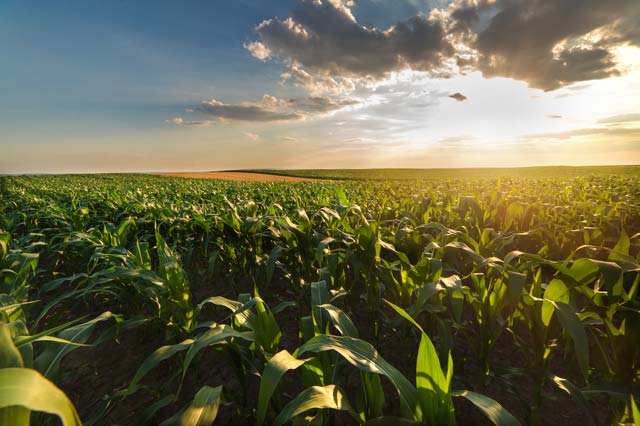What Do We Do with Tar Spot?
Jul 08, 2024

In several areas, Tar Spot has wreaked havoc with corn yield this year as it did in the southwest and the other regions of southern Wisconsin in 2018. Yield reductions can be very severe, with yield reductions up to 100 bushels per acre if Tar Spot hits early and corn doesn’t black layer! 20–40-bushel losses are not uncommon where corn is highly infected. Tar Spot is a fungal disease that causes black specks that look like tar splashes on the corn leaves. While being a relatively new corn disease in the United States, growers in South America have dealt with it for years. It most likely moved to the U.S. by windblown spores from tropical storms as far back as 2015.
What are the causes?
While the research community is not sure exactly what weather conditions cause the outbreak, it’s thought that higher humidity with long periods of wetness on the leaf (7 hours or more). While we have seen some tar in the last few years, it affects the corn plant much more severely when other stresses also affect the plant, such as other diseases and lack of fertility. With tar spot, every additional stress becomes multiplied, almost like when 2+2=5!
Will it be here next year?
While the spores do overwinter in the corn residue, it takes the right environmental conditions and other stresses to make the plant susceptible.
What do I do to prevent it next year?
While there isn’t any guarantee that you will have no Tar Spot, you can do several things to reduce the impact of Tar Spot!
- Fungicide – the number one management tool to avoid significant damage is to apply a fungicide. Applications at both V5 and R1-R3 have had the best impact.
- Fertility Management – Potash levels are critical to establishing healthy plants. Remember that high-yielding corn needs 12-15 lbs of potash/acre/day during the early tassel stage. You need to apply potash at the recommended levels for that much to be available in your soil solution! It is dangerous to cut back if your soil levels are not at optimum. Also, lack of nitrogen is a stress that will open the door for pathogens.
- Hybrid selection – while there are no Tar Spot ratings on hybrids, we see differences in resistance to the disease. Hybrids with better disease resistance are fairing better out in the field. Remember – tar spot is something we can manage, and even the most resistant hybrids have lost some yield if tar spot is present. If you have had a variety that has worked in the past, consider the other management practices before replacing it.
As always, your United Cooperative Agronomy Staff is up to date on what you can do to prevent yield losses. Now more than ever, you must plan ahead to manage the different stresses to avoid the 2+2=5 scenarios.